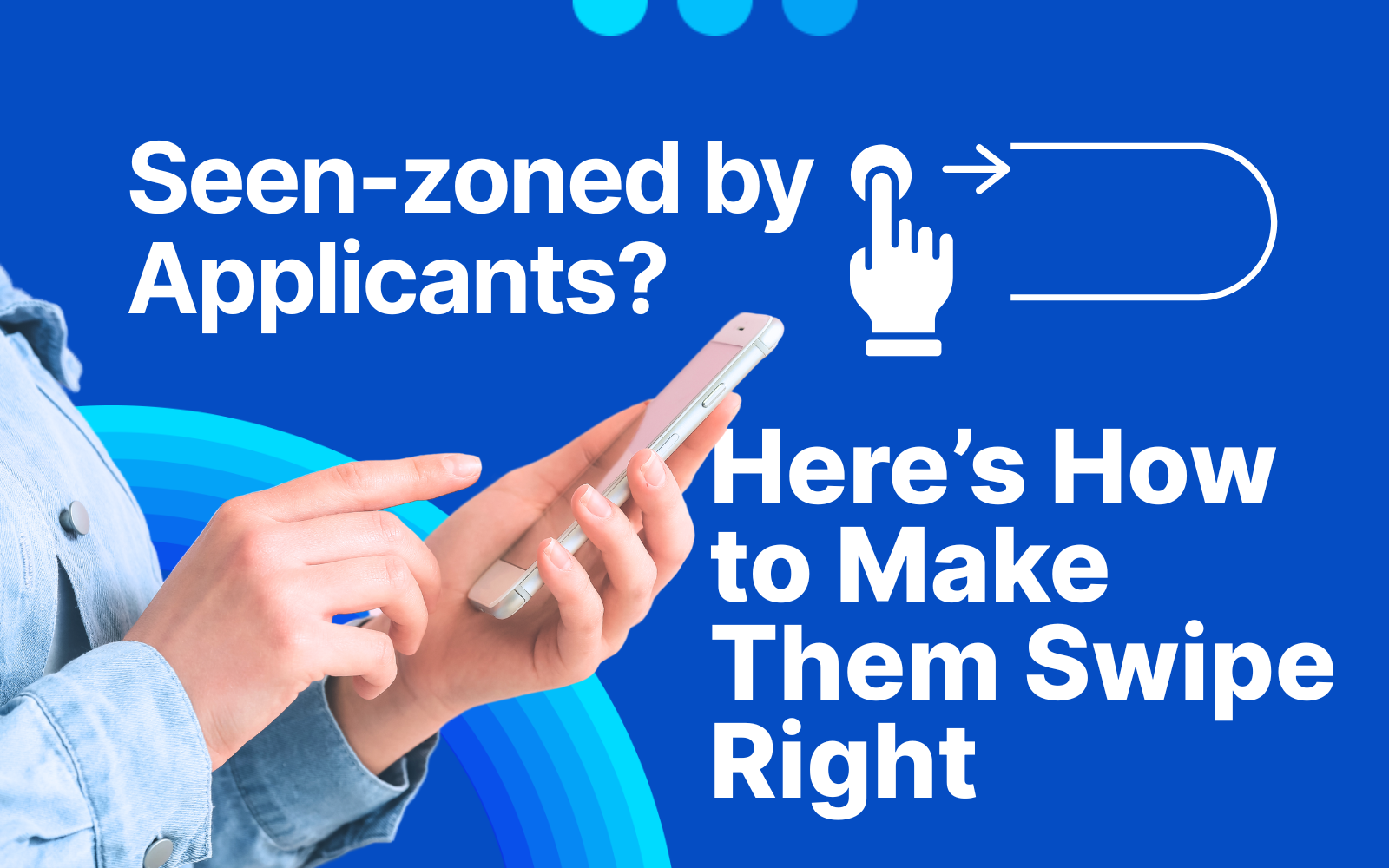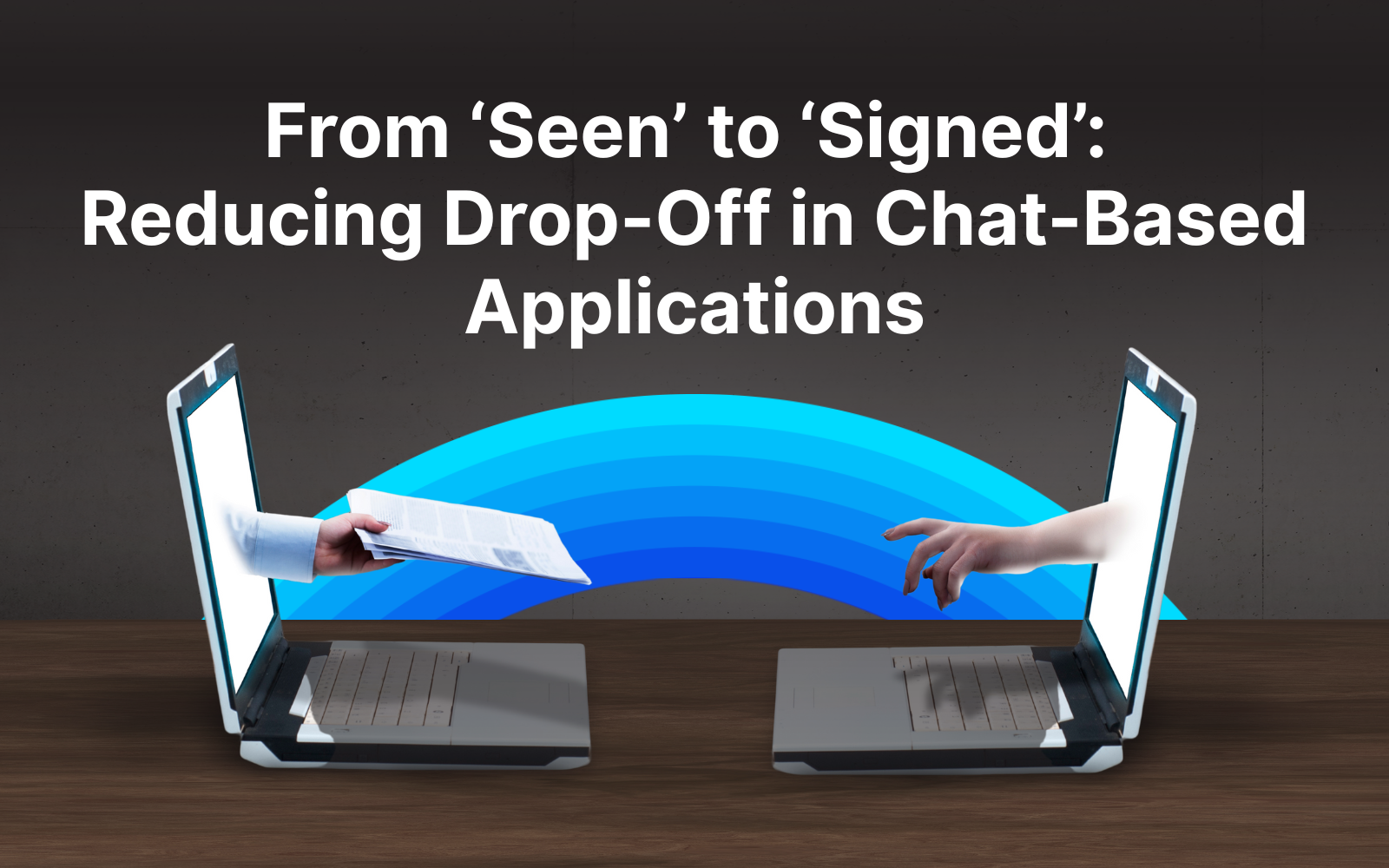
 - (1600 x 1000 px) (5)-968.png)
“Your candidate aced the interview script but flunked empathy on the first customer call? Let’s stop guessing soft skills and start measuring them.”
In today’s market—where jobs urgently hiring flood every job search Philippines platform—relying solely on resumes means you’ll miss crucial interpersonal traits. Especially for jobs hiring no experience, soft skills separate the quick learners from the ghosts-after-hire crowd. Here’s Yobi’s deep dive into the top soft-skill screening tools that turn gut feel into data-driven certainty, while still keeping your process human and Taglish-real.
What it is:
A series of realistic workplace scenarios where candidates select or rank responses.
Why you need it:
Resumes show “team player” but SJTs reveal if they’d share credit or hoard it. For high-volume job hiring Philippines, SJTs weed out those who talk the talk but can’t walk the walk.
How to implement:
Yobi’s anecdote:
I once hired a candidate with a perfect resume—until the SJT revealed they’d escalate every tiny conflict. Better to catch that before they heated up ticket volumes.
🔗 Related: How to streamline your recruitment process to hire faster
What it is:
Candidates record answers to soft-skill questions on video, on their own schedule.
Why you need it:
You assess communication style, energy, and cultural fit without back-to-back Zoom exhaustion. Perfect for job openings Philippines where volume is high but time is limited.
How to implement:
Yobi’s opinion:
Watching a candidate solve a fake crisis on video beats reading bullet-point bulletins all day. You see their face light up—or crinkle in panic.
What it is:
Interactive games that measure traits like attention to detail, resilience, and problem-solving.
Why you need it:
Gamification boosts engagement—candidates feel they’re playing, not being tested. And you get objective metrics on critical soft skills for jobs hiring, from adaptability to stress tolerance.
How to implement:
Yobi’s tip:
I once saw a candidate breeze through a logic game but fail the empathy quiz game—revealing they were great with puzzles but awkward with people.
What it is:
AI chatbots simulate customer or colleague interactions, testing tone and problem-solving in text.
Why you need it:
For job vacancy Philippines in support roles, you need people who type with tact and patience. Chatbots like Mya and XOR gauge candidate responses in real time.
How to implement:
Yobi’s note:
If someone texts “K?” to the angry-bot prompt, they probably won’t charm your real customers either.
What it is:
Short, structured interviews with a small group of existing employees.
Why you need it:
A 10-minute peer panel reveals candidate authenticity faster than an hour with HR. Plus, it bolsters buy-in—your team knows they’ve vetted the new joiner.
How to implement:
Yobi’s takeaway:
One panelist I know suggested a candidate’s “Let me Google that for you” attitude—instant rejection. Peer feedback is brutally honest and gold.
🔗 Related: Avoid burnout this peak season Recruiter Blogs Hyperli…
What it is:
Algorithms analyze responses to predict traits like conscientiousness, emotional intelligence, and resilience.
Why you need it:
For jobs hiring no experience, you want candidates with the raw personality to learn quickly and stay motivated. Tools like Traitify or HireVue’s AI give you those insights.
How to implement:
Yobi’s perspective:
When a candidate’s profile showed high resilience scores, we fast-tracked them—and they became our top performer in under two months.
 - (1600 x 1000 px) (5)-39.png)
Beyond the Resume: Soft Skill Screening Tools Every Recruiter Needs

Sell the Perks! How to Highlight Sign-On Bonuses and Benefits in Job Ads

Seen-zoned by Applicants? Here’s How to Make Them Swipe Right

Mastering Remote Hiring in the Philippines

From ‘Seen’ to ‘Signed’: Reducing Drop-Off in Chat-Based Applications